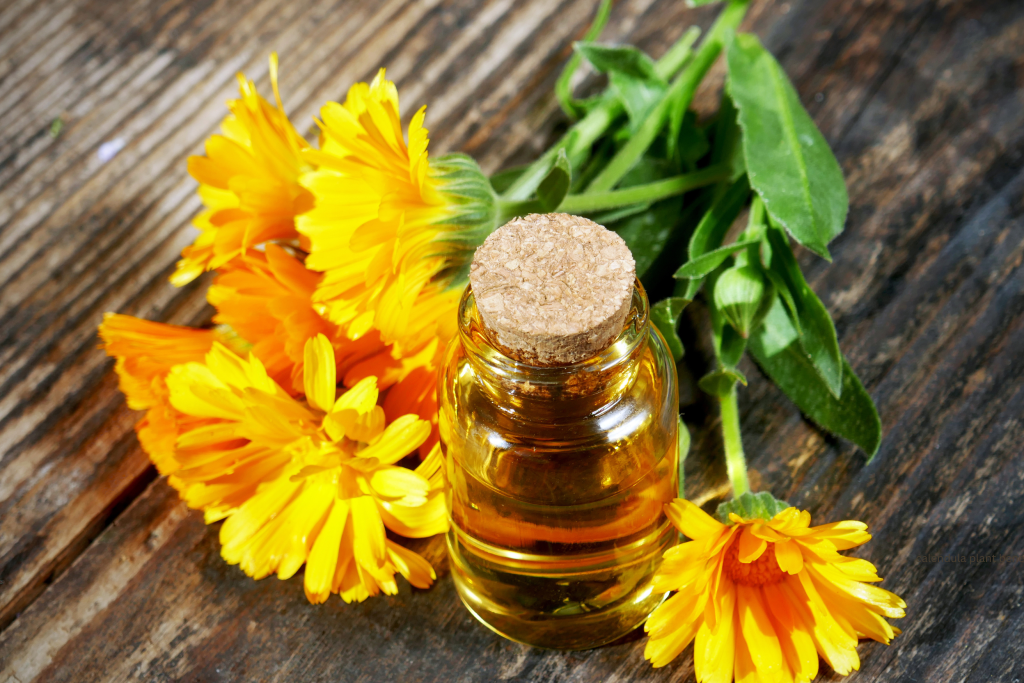
Calendula, also known as pot marigold, is a versatile and beautiful addition to any garden. This cheerful, bright-yellow or orange flower is not only easy to grow but also offers numerous benefits and uses. In this blog, we’ll explore how to care for your calendula plant and delve into its many advantages.
How to Care for Calendula
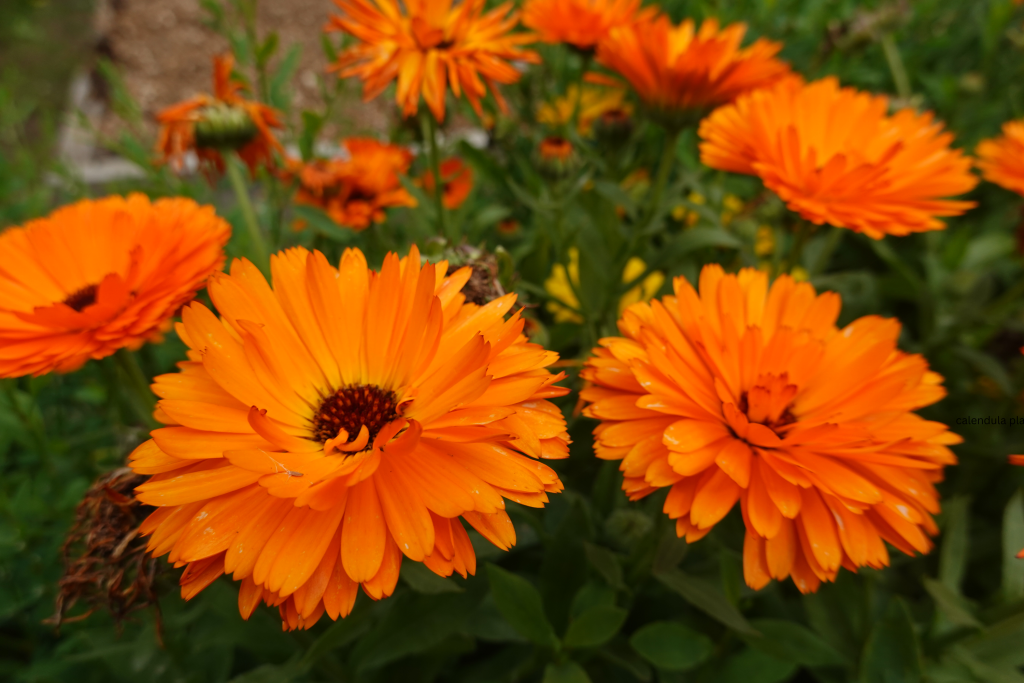
Planting
- Soil Preparation: Calendula thrives in well-draining soil with a pH between 6.0 and 7.0. Adding compost can enrich the soil and improve drainage.
- Location: Choose a sunny spot for your calendula, as it loves full sunlight. It can tolerate partial shade but may not flower as profusely.
- Sowing Seeds: Sow seeds directly into the garden after the last frost. Plant them about 1/4 inch deep and 6-12 inches apart. You can also start seeds indoors 6-8 weeks before the last frost.
Watering
- Regular Watering: Keep the soil consistently moist but not waterlogged. Water deeply once a week, allowing the soil to dry out slightly between waterings.
- Avoid Overwatering: Overwatering can lead to root rot and other fungal diseases. Ensure the soil has good drainage.
Feeding
- Fertilization: Calendula doesn’t require heavy feeding. A balanced, all-purpose fertilizer applied once a month during the growing season is sufficient.
- Organic Options: Alternatively, you can use compost tea or a slow-release organic fertilizer to nourish your plants.
Pruning and Maintenance
- Deadheading: Regularly remove spent flowers to encourage continuous blooming. This process, known as deadheading, also helps the plant focus its energy on producing more flowers.
- Pest Control: Calendula is relatively pest-resistant, but keep an eye out for aphids and whiteflies. Use neem oil or insecticidal soap if infestations occur.
Winter Care
- Frost Protection: In colder climates, calendula is often grown as an annual. If you live in a region with mild winters, you can mulch around the plants to protect them from frost and extend their blooming season.
Benefits of Calendula
Medicinal Uses
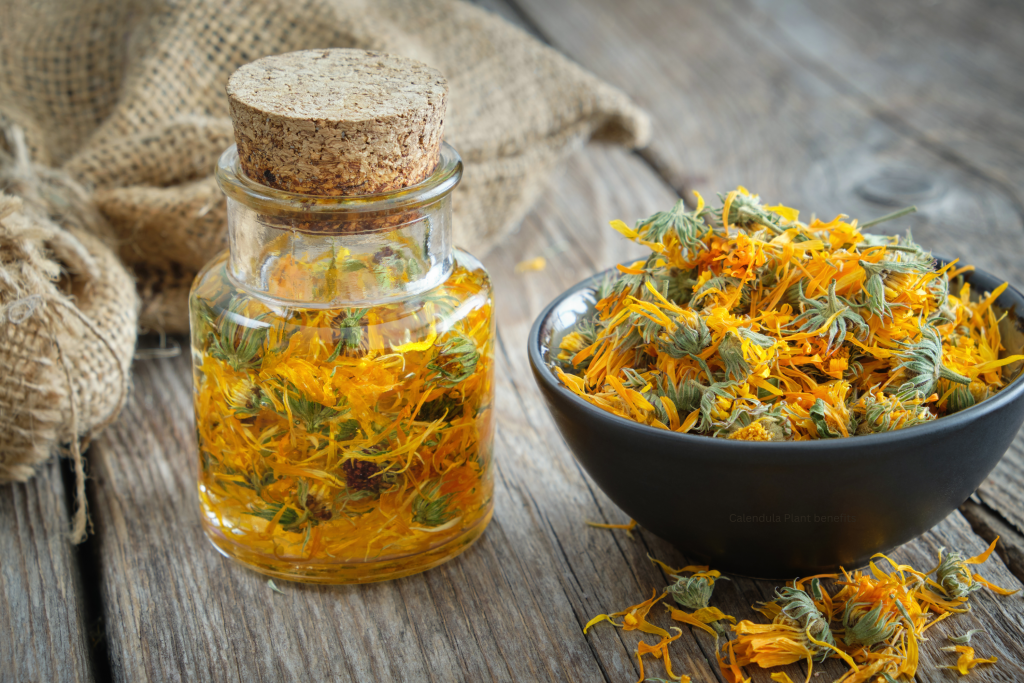
- Healing Properties: Calendula is renowned for its anti-inflammatory, antimicrobial, and healing properties. It’s commonly used in creams, salves, and tinctures to treat minor cuts, burns, and skin irritations.
- Soothing Skin Conditions: Calendula is effective in soothing eczema, psoriasis, and dermatitis. It promotes wound healing and reduces inflammation.
Culinary Uses
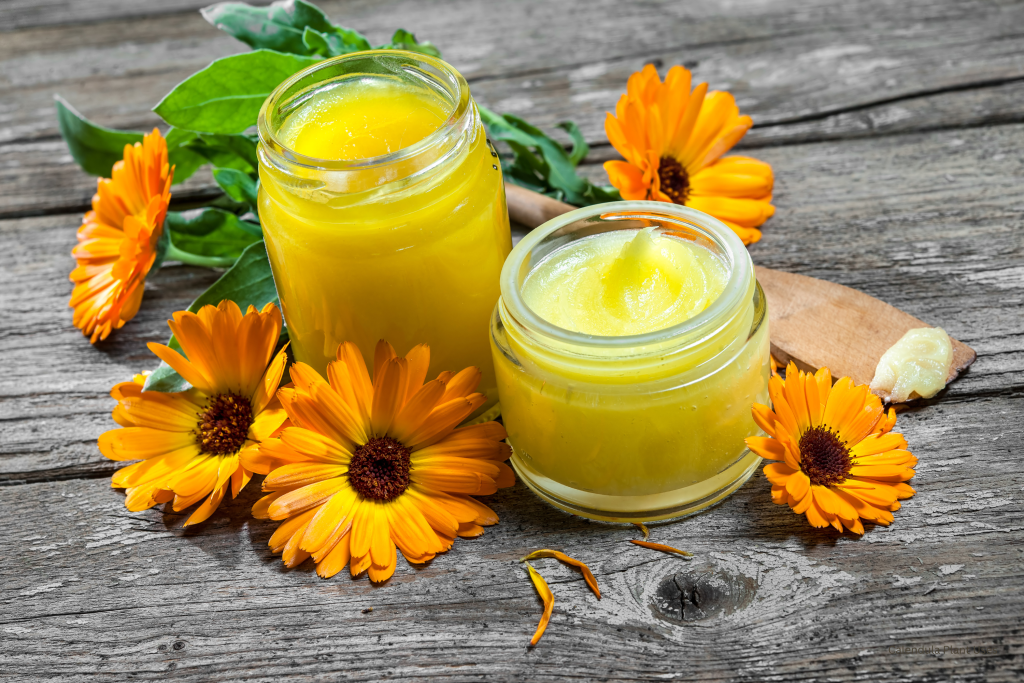
- Edible Flowers: The petals of calendula flowers are edible and can be used to add color and flavor to salads, soups, and stews. They have a slightly peppery taste.
- Herbal Teas: Calendula petals can be dried and used to make a soothing herbal tea that aids digestion and boosts the immune system.
Cosmetic Uses
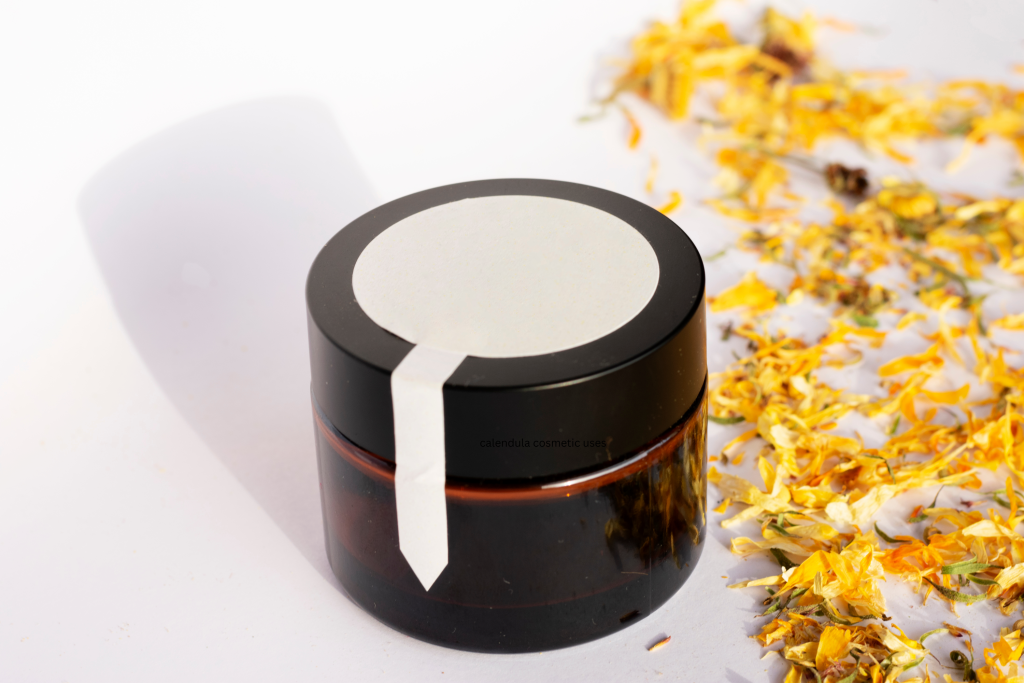
- Natural Dye: The vibrant petals of calendula are used to create natural dyes for fabrics and cosmetics.
- Skin Care Products: Calendula is a common ingredient in natural skincare products due to its soothing and moisturizing properties.
Conclusion
Calendula is a delightful and multifunctional plant that can brighten up your garden while offering a host of benefits. With proper care, this hardy plant will reward you with its vibrant blooms and versatile uses throughout the year. Whether you’re a seasoned gardener or a beginner, adding calendula to your garden is a decision you won’t regret. Enjoy the beauty and bounty of this wonderful plant!



